|
Commonly referred to as E.cuniculi. As you may have seen from my Facebook page and my blog, my house rabbit Benji developed head tilt just over two weeks ago. (looking on the bright side) The most common cause of head tilt in rabbits is caused by the parasitic infection of E.cuniculi. I have come across E.cuniculi in rabbits before but never in my own rabbits so rather than just talk about Benji’s 28-day treatment plan, I decide to do some further research into this disease and share it with you. whilst we refer to a rabbit as having ‘head tilt’ or E.cuniculi the disease that the parasite causes is called encephalitozoonosis – you can see why we just call it head tilt! The infection affects the spinal cord, the brain and the kidneys. 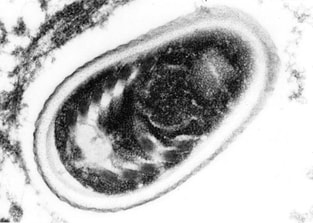 A quick side note here; the information I have gathered has come from papers and studies written by vets, for vets and students. I’ll put some links to those below if you want to have a read. E.cuniculi is a parasitic protozoa. A protozoa is a single celled, microscopic organism. They multiply within their host which causes serious and sometimes life-threatening infections. So how is it spread? The general consensus from the information that I have read agrees that rabbits become infected from ingesting the parasite spores that have been shed in the urine of infected rabbits, including wild rabbits and rodents. Although less common, infection can also occur from inhalation of the spores and from mother to young during pregnancy. 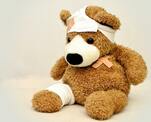 Can humans get this disease? Well… If you have ever heard of zoonotic diseases you may have noticed the zoonosis part of encephalitozoonosis!! So, the answer is yes! But please don’t panic, the only people who are really at risk are those who are extremely immunocompromised. what are the signs? Before doing research for this blog, I thought that the first sign of head tilt was, well head tilt! However, I have since found out that hind leg weakness is a common sign, which Benji does have, something that we had put down to Benji’s age but took him to see a vet anyway and our vet thought was linked to his irregular heart rhythm. If it becomes advanced a rabbit can become paralyzed or roll around uncontrollably, which I can tell you from personal experience working with adoption rabbits, is horrible to see and must be awful for the rabbit. This symptom is thought to be caused by swelling around the parasite in the spinal cord causing damage to the nervous tissue. This damage can not be repaired. There are a few other symptoms and a rabbit may show some or all of them including:
Strangely one study showed that around 52% of healthy rabbits carry the parasite but may never suffer symptoms. It’s still not really understood why some rabbits get symptoms and other don’t. A much smaller percentage, around 6% develop signs of infection and when sever clinical signs develop it is recommended that that the rabbit be put to sleep. What can you do? Whilst there is a test for E.cuniculi it’s not really very useful as I said more than 50% of rabbits seem to have the parasite. The best advice I can find is to quarantine new rabbits from existing ones. Be sure to thoroughly disinfect when using a used hutch. These spores are pretty resistant to environmental changes so a good 1-10% bleach solution is a good idea. 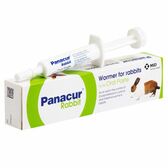 If you just got a rabbit, no matter where it came from, it would be advisable to give it Lapizole (Panacure) for 28 days. You don’t need to get this from the vet, pet shops that sell licenced medication should stock it but there’s no harm in a vet check with a new pet. I know it sounds like a lot but if the rabbit does have the parasite it can kill it off before any symptoms and irreversible damage is done. Not only will I be treating Benji until February, I will also treat my four other rabbits this year. I can tell you now, some will be more trouble than others, there will be blood – Mine! Even if your rabbit doesn’t have any of the parasite there should be no adverse effects from giving Panacure. It would also be wise to wash any greens that have been gathered to feed your rabbits that may have come into contact with wild rabbits, I will keep you updated on my Panacure progress.
Useful links:
0 Comments
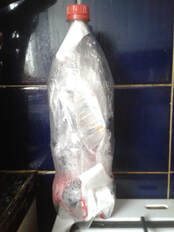 So plastic pollution is big news at the moment as it should be. As consumers we have power over what we use and buy but single use plastic is everywhere and so much of it is not recyclable. With this is in mind we started a non-recyclable plastic collection at the beginning of the year. Using a jar or bottle you collect all your plastic waste that can not be recycled. This way you can actually see how much plastic you are consuming, the tiny plastic film on the new peeler I bought, the wrapper on the celery, that used sandwich bag! It was only a day or so before I started to look not just at the packaging on my own food and products but the pets as well. The dogs have raw bones and frozen nuggets that come in plastic bags. The reptiles have bugs that come in plastic tubs or frozen food in plastic wraps. Even the long stem feeding hay that I get for my two sensitive tummy rabbits comes in a bag which can not be recycled. The Christmas toy I got for my dogs didn’t have a plastic label or plastic wrapping but it did have a plastic tie which attached the toy to the label. It might seem like a tiny little thing but how many tiny little bits are there?! The moment you start paying attention to it you realise that plastic really is everywhere! I had quick whip round my main pet areas; the freezer, the pet room, the treat box etc and in every area there were several products that come in plastic packets or wraps. Some of the packaging, like the feeding hay clearly says on it that it is not recyclable but many other of the products had no information at all. It seems strange to me that there was a complete lack of information. The more you think about it the more overwhelming it becomes and I know that it can seem as though we can’t possibly make a dent in the problem alone, ‘a drop in the ocean’ as they say. But maybe if we all make a small change, if we all ask our suppliers and manufacturers of our pet products “why is this in plastic?”, “can it be recycled?”, “maybe you should collect all the plastic waste from your products and pay to safely dispose of it!” I’m not trying to sound pretentious, I am just as much a consumer as anyone.
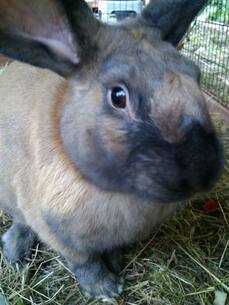 So I had already planed this weeks blog, which will have to be slotted in at another time. On Monday night I saw that our house rabbit Benji had a noticeable head tilt. Not the worse that I have seen on a rabbit but it was unmistakable and he definite didn't have it earlier. I made an emergency appointment at their first opening which was at 4:45 the next day. In the meantime Benji was still alert and eating and moving with direction and purpose, although he veared off to the left as he hopped away from me. I also had to remove the large water bowl as despite having the entire width of the hallway to circumvent the bowl he stumbled through it, leaving me worrying that he might accidentally drown himself in the night! So I gave him a breakfast bowl and covered every conceivable hard object and piece of furniture in a cushions and blankets, effectively turning the hall way into a soft play! Upon seeing the vet, luckily the same vet who had noted his irregular heart rhythm on his visit not so long ago, was very thorough in examining him. She watched him hop around and as the night before he moved with purpose and clear direction, just a slight left incline. In extreme cases rabbits roll around with out any ability to control their movement. She looked with with a light in the dark in his eyes, which we both thought didn't quite look right; and despite some disgruntled ear flicking with his dumbo lugs she managed to look down into his ears, which were clear. The vet agreed with my suspicion that he most likely had E.cuniculi, a parasitic infection that attacks the brain and and nervous system. This infection is the most common cause of head tilt in rabbits. we can only hope that we have caught it early enough for the treatment to be effective. he has began a treatment program of panacur paste in the mouth in the mouth once a day for 28 days. Fingers crossed, I'll keep you up to date with his progress on our facebook. 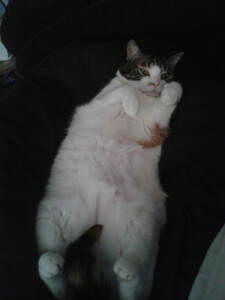 As we start the year, perhaps feeling a little heavy than we did before the festive season its important to remember our pets may follow our habits when it comes to food and exercise. We love to treat our pets, it may be new toys every week, or a treat when you go out, when you come home, when they've been good, when they did a weewee outside; but there are a growing number of pets in the UK that are overweight and obese. It’s important to remember that these conditions are harmful and some of the effects it has on your pet’s body are long and arduous to change and some are irreversible. We should be aware of what our pets ideal weight should be and know whereabouts your pets current weight is (this is also important when you want to buy and use flea and worm treatment). For some mixed breeds it can be hard to know what their ideal weight should be but if you are unsure have a chat with your vet. Many vet practices and even pet shops offer free weight checks. If your new years resolution is exercise more and eat better then take the opportunity to see if your, dog, cat or rabbit could do with the same treatment. It’s not as simple as just feeding your pet less, though many of us will admit that we don’t measure our pets food, we simply fill the bowl! But take the time to check your pet foods recommended feeding guidelines and check if it gives different guidelines for active and low activity pets. Just remember, even if your pet seems very ‘hyper’ or has lots of energy, it’s not the same as being a high activity pet. It may sound obvious but if your pet needs to loose a little weight, make sure you are feeding the amount for their ideal weight not their current weight. There are a few really easy ways that you can help your pet stay active and trim a little off, whilst keeping their brains active too! -Make sure your feeding the correct amount and remember that if you are giving any treats, including dental chews, you will need to reduce the amount of complete feed you give so you don’t exceed your pet’s total intake. -If you don't want to cut out treat all together have a look on the pack to see how many it recommends you can give daily (You may be surprised by how few it is!). -Consider not using or reducing the amount of treats you give, you can even use some of their regular food to give out as a reward, this makes it really easy to make sure your only giving the recommended amount each day. -use a puzzle feeder to stimulate their brain and get them working a bit for their dinner, take a look on our facebook page for videos on how to use puzzle feeders and feeding balls. Here is a broad and fairly simple guide to gauge if your pet is a healthy weight with out the weights, which be more suitable for you if you have a cross breed.
|
AuthorRebecca, owner and founder of R and R Pet services. Archives
May 2022
Categories |
Thank you for visiting!
Copyright © 2016
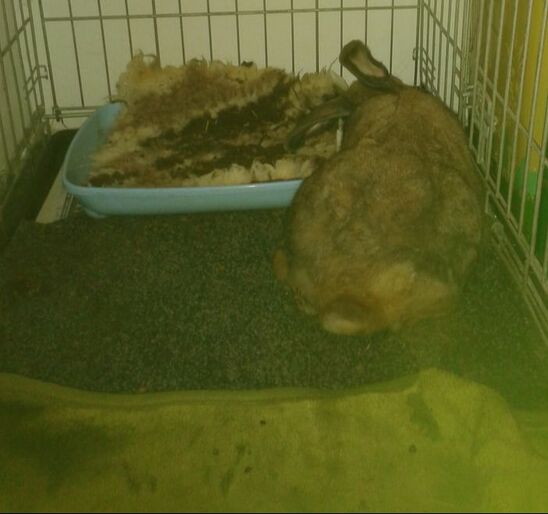
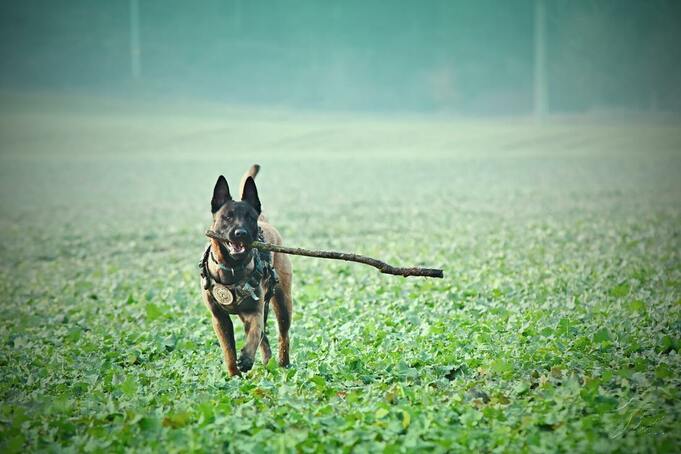
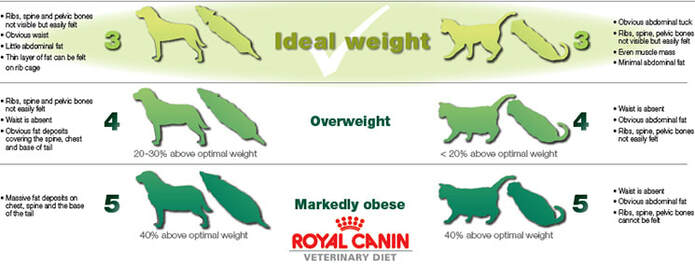
 RSS Feed
RSS Feed